Laowa 90mm F2.8 APO 2x Macro Review
Dustin Abbott
June 13th, 2022
Earlier in 2022 I revisited the Laowa 100mm F2.8 APO 2:1 Macro because when I had initially reviewed it in 2019, my review was conducted on an EF mount lens on a Canon 5D Mark IV DSLR and was interested in how it performed in the transition to mirrorless. I did a fresh review on the Canon EOS R5, and I found that the experience of using the lens was a lot more fun on mirrorless, and the image quality remains incredible on the high resolution 45Mp sensor of the R5. I liked the lens enough on the R5 that I ended up purchasing one. I had one significant complaint, however, and that was that the lens was much larger than it needed to be. Additional length was added to the lens barrel to accommodate the difference in the flange distance (necessary distance from sensor to optical path) as the lens was optically engineered for DSLRs. Lenses purpose designed for mirrorless have the potential to actually be smaller and lighter, but a lens designed for DSLRs has to have some space added (essentially like an adapter without glass) to have focus properly calibrated on mirrorless cameras. Laowa apparently recognized the same thing, as they are back with a new and improved lens specifically designed for mirrorless mounts in the form of the Laowa 90mm F2.8 APO 2x Macro (hereafter referred to the Laowa 90M for brevity). No, the focal lengths aren’t identical, but this lens is very similar in performance to the 100mm, but, because it was designed for mounts like Canon RF (tested here), Sony E, Leica L, or Nikon Z, it is significantly smaller and and a bit lighter, as you can see here.
I measured the RF version of the Laowa 100m at 155mm in length and 72mm in diameter. I personally weighed it at 696g. The new Laowa 90M is (by my measurement) 115mm in length, 74mm in diameter, and weighs 589g. That’s a big difference, and you aren’t really going to find a smaller and lighter macro lens on the Canon RF platform, much less one made all of metal and glass like this one. I’ll also note that I much prefer the shape of this lens to the long, skinny profile of the 100mm lens.
The Laowa 90M is a fully manual lens without any electronics. That may immediately turn many of you off, but manual focus on a macro lens is far less of a penalty than most lenses. Many macro photographers actually prefer manual focus for the great precision it affords, and I can say for the most part really, really enjoyed using the Laowa 90M on my Canon EOS R5. There are a variety of reasons, but the first thing that stands out to me is the great viewfinder and LCD screen on the R5 that makes using manual focus lenses so much more fun. A really sharp lens like the Laowa means that focus overlays (I use focus peaking in red and set on the “high” level”) show up very crisply in the high resolution viewfinder, and I found that focusing in most situations (more on that in a moment) was really, really easy. I rarely felt like I had to magnify the image at close to medium focus distances, which meant that the focus process was very organic and quick. The crisp LCD screen means that high resolution, high contrast images like this lens can produce really just pop off the screen, which made my shooting time out in the field feel very rewarding. Finally, the addition of IBIS (In Body Image Stabilization) means even a manual everything lens like this gets decent stabilization (I manually input the focal length to get the best performance). Having a stabilized macro lens only adds versatility to this lens, and the Laowa RF90M is exceptionally sharp and has very high contrast due to its Apochromatic (APO) design. Apochromatic designs allow colors to be focused more accurately/consistently, resulting in much lower levels of chromatic aberrations and thus higher contrast than typical lens designs. Images from this lens really “pop”!
The Laowa 90M macro combines that apochromatic (APO) optical design (typically seen on very expensive lenses) with a 2x macro ratio of 2:1 rather than 1:1 life size. This means that while most macro lenses can only achieve this level of magnification:
…the Laowa 90M can achieve this level of magnification:
And it is no gimmick, either, as macro performance at the 2:1 ratio remains very high, as you can see.
This isn’t a perfect lens (I miss not having any electronics in the lens), but it allows for an optical performance right up there close to Zeiss Otus range, has a (mostly) excellent build, 2x magnification, and a price tag of around $500 USD. That’s a winning combination, and that price point dramatically undercuts the first party options…so this will definitely be a very tempting option for your Canon RF, Sony FE, Leica L, or Nikon Z mirrorless camera. You can get the full picture by either watching my video review below or reading on to get the full picture.
Follow Me @ Patreon | My Newsletter | Instagram | Facebook | DA Merchandise | Flickr | 500px
Thanks to Laowa for sending me a review loaner of this lens. As always, this is a completely independent review. *The tests and the photos shown in this review have been taken on my 45 MP Canon EOS R5.
Laowa 90M Build and Handling
Laowa lenses have always been nicely made with full metal construction. That trend continues here, with the lens made entirely of metal and glass. They’ve done a good job of balancing the weight, however, as the lens weighs in at a moderate 1.3 lb (589g) despite the heavy grade construction. The lens has a very attractive, premium look and feel to it.
The lens hood (as per usual for Laowa lenses) is the weakest part of the build, as it is very ordinary grade plastics and doesn’t bayonet on as precisely as what I like. It was even worse initially, but is improving a bit with some use.
The focus travel is quite extensive (about 210°) and while there continues to be extensive internal movement of the elements during focus, there is a definite improvement over the 100M design. Laowa took an interesting path of protecting the internal elements in the 100M by making a UV filter an actual part of the design. I have never loved this design element, and Laowa has elected to go with a more conventional design with the 90M where the front element is a part of the lens design and protects the front opening of the barrel.
This lens does not have weather sealing, but the fact that it is internally focusing and has no electronics means that there is perhaps less risk of damage, though those of you who shoot in either very moist or very dusty conditions will probably wish for weather sealing.
Minimum focus distance focus is only 20.7cm (8.14″), and when you consider than the lens takes up 13.5cm of that (there’s some extra length as that MFD is measured from the sensor of the camera), that leaves only about 7cm of distance to work with. The hood would take up about 6cm of that, so you’ll definitely want to remove it when working at 2x magnification levels. Here’s a look at the amount of magnification from my test chart subject (test chart shown a little later on) that you get at 2:1:
It’s worth noting that the laws of physics dictate that light transmission at close focus distances diminishes (effective aperture changes), and that’s even more obvious with the additional magnification of the Laowa 90M. Put simply, the image will get darker when you focus closer (think 2-3 stops). Very high magnification requires good light, so bear that in mind when doing serious macro work.
There is a manual aperture ring here with light detents at the full stops and a lot of room in between the early stops for selecting a partial stop. Unlike the 100M in mirrorless guise, the aperture ring is in a much better location near the lens mount where you are less likely to inadvertently grab it.
The wide manual focus ring that is finely ribbed in metal. It moves smoother than the 100M and has a longer focus throw (one of my complaints about the 100M). I found getting precision focus at distances other than macro easier on the 90M than the 100M. Laowa is paying attention to the details here, and the byproduct is a more usable lens.
I found that focus was pretty simple at most distances, and it was only at landscape differences that I felt like I needed to double-check focus by magnifying the image, as I did see some false positives from focus peaking and the fact that a little adjustment makes for a big change at longer distances. The lens has a lovely feel for doing video focus pulls, with a nicely damped focus action that produces easily repeatable results. As with most macro lenses, there is some very obvious focus breathing at close distances.
We get a very high aperture blade count of 13 blades in the aperture iris, and that helps maintain a beautifully circular shape even when stopped down. The aperture makes for a fine photo subject itself (shot here with the Laowa 100M):
The lens has a distinctive blue accent ring at the front of the lens, a 67mm front filter threading, and a lovely anodized metal finish that looks premium. I like the sculpted profile that flares out to the focus ring (making it nice to touch ergonomically), and the high contrast etched distance markings and aperture values make this feel like a premium lens.
The Laowa 90M has build quality that punches way over its price point of $499 USD. I’d like to see weather sealing, but that might be quibbling. I also would really like to see Laowa find a way to include electronic contacts on their lenses in the future so that basic EXIF information can be communicated. I found some disappointing shortcomings on the Canon RF 100mm F2.8L Macro IS (along with its $1400 price) that make the Laowa a very intriguing alternative.
Laowa RF90M Image Quality
Image quality is often an area of strength for an APO (Apochromatic) lens, and that’s true of the Laowa 90M. A lens with an Apochromatic design has better correction of chromatic and spherical aberration than the much more common achromat lenses. Put simply, most lenses struggle with the fact that colors don’t always focus at the same distance, which results in green or purple (red) fringing due to the fact that those colors aren’t focusing on the same plane of focus. Whereas most lenses are corrected for two color wavelengths (typically red and blue), an apochromatic lens is able to bring three color wavelengths into focus on the same focus plane. This produces a near absence of chromatic aberrations and allows for higher contrast and a near absence of the veiling (lack of contrast) that produces “soft” images. True apochromatic lenses tend to be very sharp and very contrasty. They also are corrected for spherical aberrations on two wavelengths rather than one. I owned some excellent APO lenses, including the Zeiss Milvus 135mm F2 and the Voigtländer 65mm F2, and I’ve tested a number of other ones. Images with amazing “pop” like this are something I come to expect from lenses like this.
There is typically only one downside to APO lenses, and that is the intense contrast and lack of chromatic aberrations can have the negative impact of more hard edges in the bokeh (defocused) areas of the image. Some of the best “bokeh lenses” are those with some uncorrected aberrations, which help produce a softer, creamier defocused area. The trend generally remains true here, though frankly this lens is better than many in that way. This is the busiest I could get of the bokeh.
The transition zone there is fairly busy, but if I move a little closer, everything looks very creamy:
We’ll circle back to the bokeh with more shots in a moment, but let’s break down some of the optical performance. We’ll start with vignette and distortion.
There’s little to see on the distortion front. I had nothing to correct for in terms of distortion (the 100mm had just the mildest amount of pincushion distortion: -2 to correct for manually). Vignette was also less Vignette was a little heavier, requiring only a +33 (vs +62) to correct it. The Canon RF 100mm F2.8L Macro IS had a minor amount of distortion and just a tiny bit more vignette – largely similar.
The advantage of an Apochromatic design for macro work is obvious if we look at a macro shot of some shiny surfaces. You can see that the Laowa’s APO design is completely free of any fringing, leaving very neutral textures, bokeh without any fringing outlining, and extremely high contrast. These are very shiny, reflective surfaces on an old Pentax Spotmatic, and this is definitely a place where you’d often see fringing.
There’s also no fringing to be seen in these bokeh circles created by dew with the morning light shining through them.
I also saw no evidence of any lateral chromatic aberrations in any of my test photos, though I would have been shocked to have found any from this lens. Edges of the image are nice and clean:
So how about sharpness? Here’s a look at my chart globally at F2.8, taken with the 45MP Canon EOS R5:
And here are the F2.8 crops at nearly 200% magnification, taken from the center, then mid-frame, and then extreme lower right corner:
What I see is fantastic center sharpness, excellent midframe sharpness, and good extreme corner performance.
So, how does that compare to the 100m? In the center of the frame, it is hard to pick a winner, though I do think the Laowa 90M shows a little more contrast and resolution (which shows up in part as the false-color moiré pattern on the ship’s prow).
Move out to the midframe, however, and I think the 90M is the easy winner:
The two lenses are mostly similar in the corners at F2.8. If you stop down a bit (F5.6), the two lenses are largely indistinguishable, though as I look across the frame I give a minor edge to the 90M for consistency (and excellence). It is not a major difference, but there is some optical improvement (at least in the two copies I’ve tested).
If you examine the image from the Laowa 90M at F5.6 the contrast and resolution all across the frame shows just enough improvement to be at exceptional levels.
Minimum aperture is F22, though I would avoid F16 and smaller if possible because the effects of diffraction really soften the image. Your peak apertures will be F2.8-F11.
These Laowa macros are no “paper tigers” either. They look even sharper in real world images due to the APO design and the elimination of aberrations. I just love the “pop” and clarity of this image of spring tulips on the table. You can see how the colors really stand out due to the exceptional contrast.
Or how about the detail on this opening freesia blossom?
Step back a few feet, and the detail is just as striking on these beech leaves above.
I love this 2x macro image where I’ve shot through the “clocks” of a dandelion to the pod inside.
My point is that macro is fun (ordinary things look extraordinary at a macro level), and that the Laowa 90M has some of the best image quality you are going to find at this price point.
You’ll also get amazing landscape images due to that intense contrast.
I sometimes complain about Laowa colors on their wide angle lenses being a little “flat” for my tastes, but that hasn’t been the case with their telephoto lenses. I’ve liked the color from the 105mm F2 Transfocus lens, the 1oomm lens, the 65mm F2 Macro, and this 90mm lens as well. I find that Apochromatic lenses produce really intriguing color because of the deep contrast levels, and so images look great:
That punch also gives images a three-dimensional feel, where the subject really stands out against the background.
You’ve probably noticed from these images that the bokeh is actually pretty nice from the lens, and you can get close enough to subjects to REALLY make the background disappear…even if they are just a few centimeters away.
At a little further distance there is some potential for some busyness, but it still isn’t bad.
Like the 100mm macro, the Laowa 90M isn’t entirely flare resistant. I have found that the real world flare artifacts are more artistic here, though, including some interesting veiling with the sun coming through the leaves here:
Or how about this interesting prismatic effect from the sun filtering down into the frame?
I found these random flare pops my least favorite, but I wouldn’t call them a deal breaker either.
I rarely point telephotos right at the sun, but pay attention to your composition so that you get the good and not the bad!
All in all, however, this lens is an amazing optical performer for the price. There are few lenses that deliver better results on a technical level, and I found that I had more “standout” images than in my typical review catalog for a lens. This is a winner! If you would like to see more images, check out my image gallery here.
Conclusion
In conclusion, I’m delighted with the Laowa 90mm F2.8 APO 2x Macro. While it is very similar in many ways to the 100mm F2.8 APO 2x Macro, there are a variety of subtle improvements that address my main critiques of that lens. This includes a more compact lens due to being purposefully designed for mirrorless (along with a more pleasing shape), a fixed front element (instead of an added filter), a longer focus throw, and a slightly better feeling focus ring. I enjoyed using the 100M; I like using the 90M even more. I also feel like it has a few minor optical upgrades, and it delivered image after image that I really loved.
And, as a macro lens, it’s additional degree of magnification allows you to do things that lesser lenses cannot. 2:1 macro is MUCH closer than 1:1 macro, which unlocks an extra level of creativity, and that Apochromatic design allows you to shoot shiny metal textures without fear of chromatic aberrations destroying the image.
When you look at the price tag (about $500 USD) relative to the competing lenses, the Laowa really starts to feel like a great value, particularly if you tend to do your macro work utilizing manual focus anyway. This is a top notch value lens, and should be near the top of your macro list if you own a Canon, Sony, Nikon, or Leica mirrorless body.
Pros:
- Nice build quality in general
- Apochromatic design at a low price
- Twice the magnification of most competing macro lenses
- Good contrast
- Excellent chromatic aberration control
- Colors have great punch
- Excellent, consistent optical performance across the frame
- Great real world macro performance
- Good focus throw distance
- More compact design than the 100mm
Cons:
- A bit flare prone
- Lens hood doesn’t fit well
- No electronics or weather sealing
Purchase the Laowa 90mm F2.8 APO 2x Macro @ B&H Photo | Amazon | Amplis Foto (use code AMPLIS52018DA for 5% off) | Camera Canada | Amazon Canada | Amazon UK | Amazon Germany
Purchase the Laowa 100mm F2.8 APO 2:1 Macro @ B&H Photo | Amazon | Amplis Foto (use code AMPLIS52018DA for 5% off) | Camera Canada | Amazon Canada | Amazon UK | Amazon Germany
Purchase a Canon EOS R5 @ B&H Photo | Amazon | Camera Canada | Amazon Canada | Amazon UK | Amazon Germany | Ebay
Purchase a Canon EOS R6 @ B&H Photo | Amazon | Camera Canada | Amazon Canada | Amazon UK | Amazon Germany | Ebay
Buy DA Merchandise https://bit.ly/TWIMerch
Peak Design Leash Strap: Peak Design Store | B&H Photo | Amazon | Amazon Canada | Amazon UK
Adobe Photoshop Creative Cloud 1-Year Subscription
Exposure Software X7 (Use Code “dustinabbott” to get 10% anything and everything)
Visit Dustin’s Amazon Storefront and see his favorite gear

Purchasing your gear through B&H and these links helps fund this website and keeps the articles coming. You can also make a donation here if you would like. Visit my Amazon page for some of my gear of choice! Thank you for your support.
Great News! I can now offer a 5% discount on all purchases at Amplis Foto, Canada’s Leading Photographic Supplier. Please enter discount code: AMPLIS52018DA in your cart. It is good for everything in your cart, and is stackable with other coupons, too! It will take 5% off your entire order! Proceeds go towards keeping this site going and providing you with new reviews!
Check me out on: My Patreon | Sign Up for My Newsletter | Instagram | Facebook | Twitter | Flickr | 500px | Google+ |
Keywords: laowa 90mm, laowa 90 macro, laowa 2x macro, laowa, 90mm, F2.8, 2.8 Macro, 2X Macro, 2:1 Macro, APO, Apochromatic, Laowa 90mm Macro Review, Laowa 90 2x Macro Review, APO 90mm, 100mm, Review, Dustin Abbott, Portrait, Canon RF, Canon EOS R5, RF, Sharpness, Resolution, Bokeh, Video Test, Sample Images, Real World, Macro, 45Mp, Canon, Letthelightin
DISCLAIMER: This article and description contains affiliate links, which means that if you click on one of the product links, I’ll receive a small commission. As an Amazon Associate I earn from qualifying purchases.














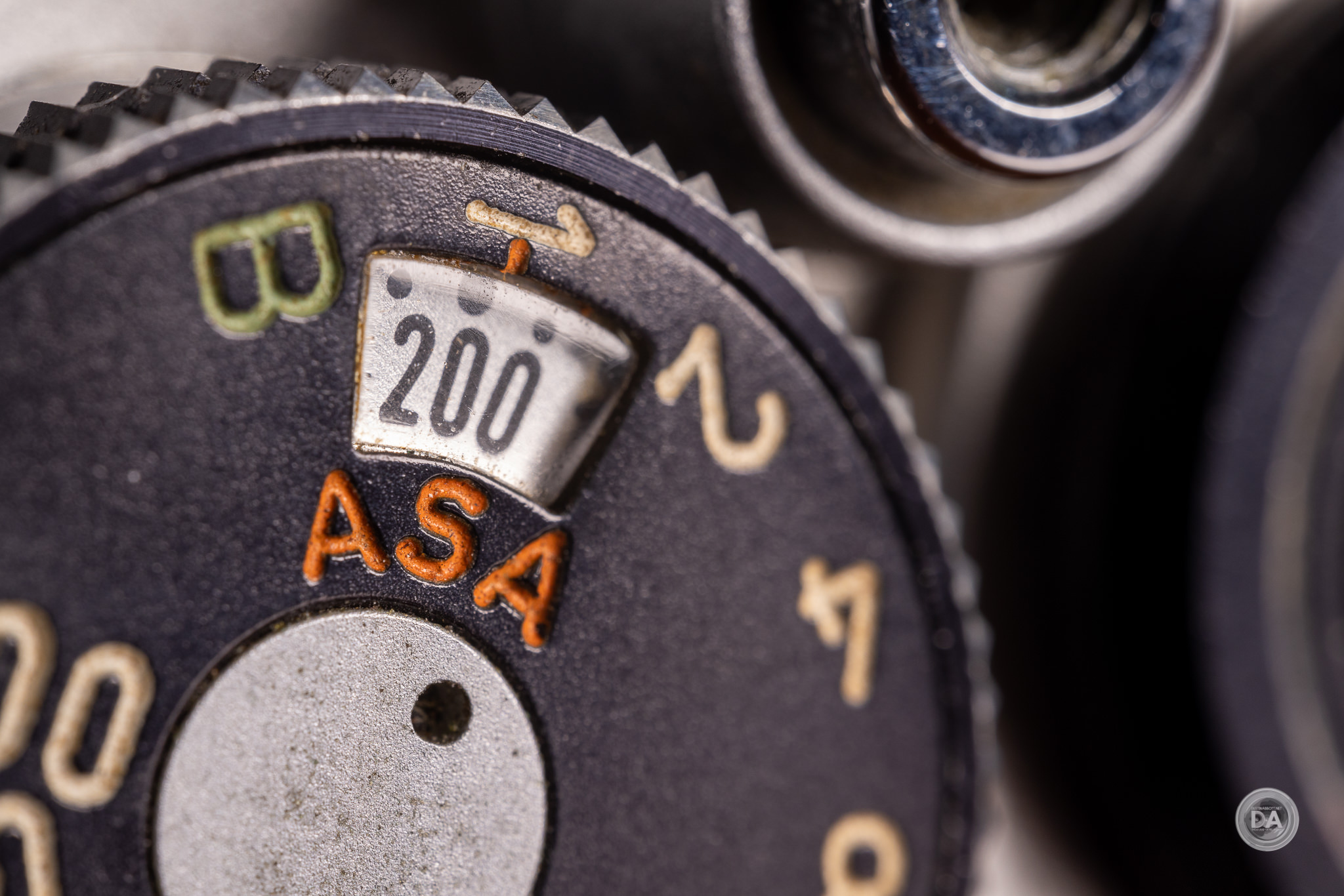
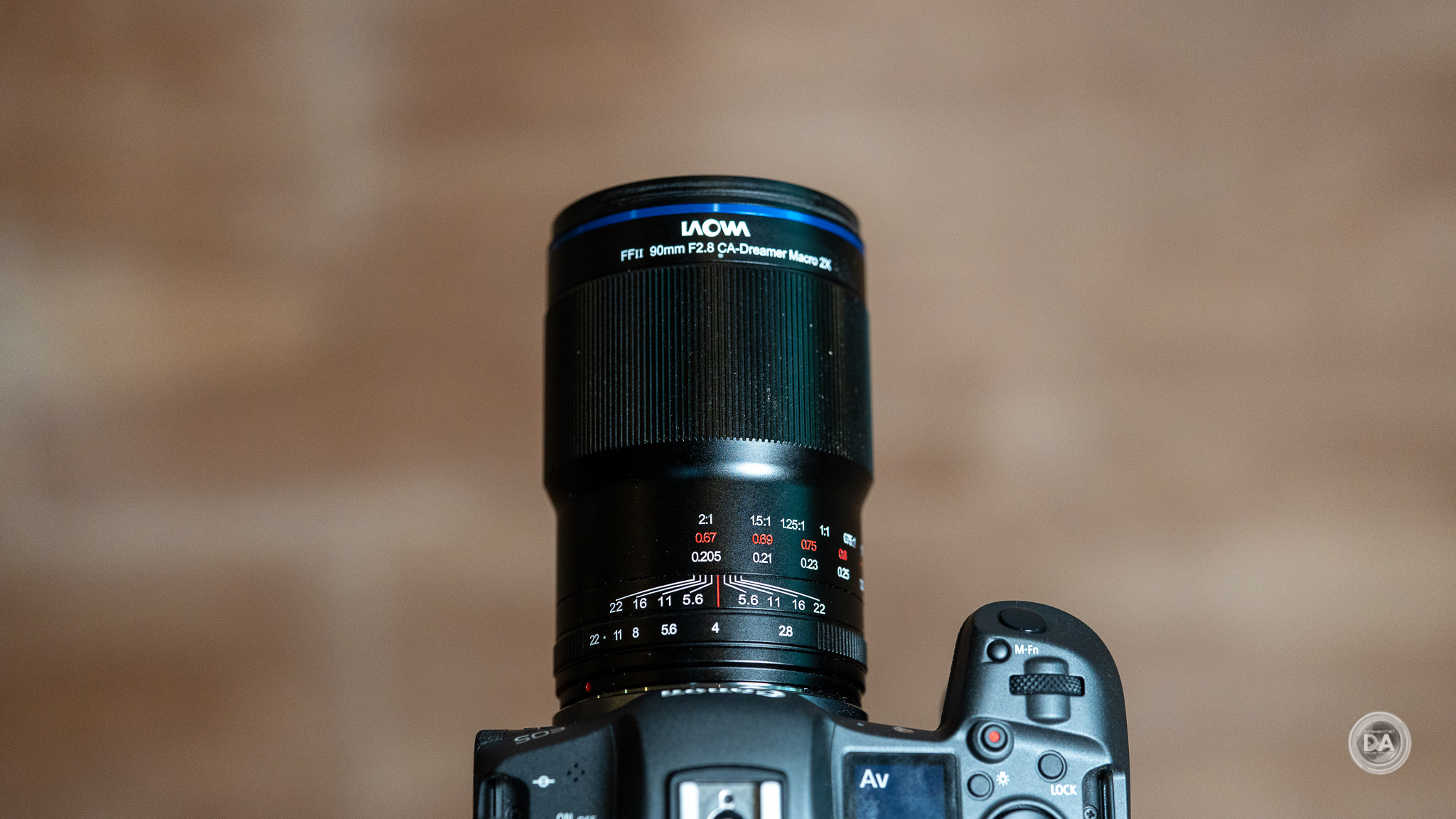



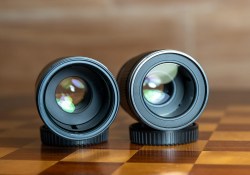





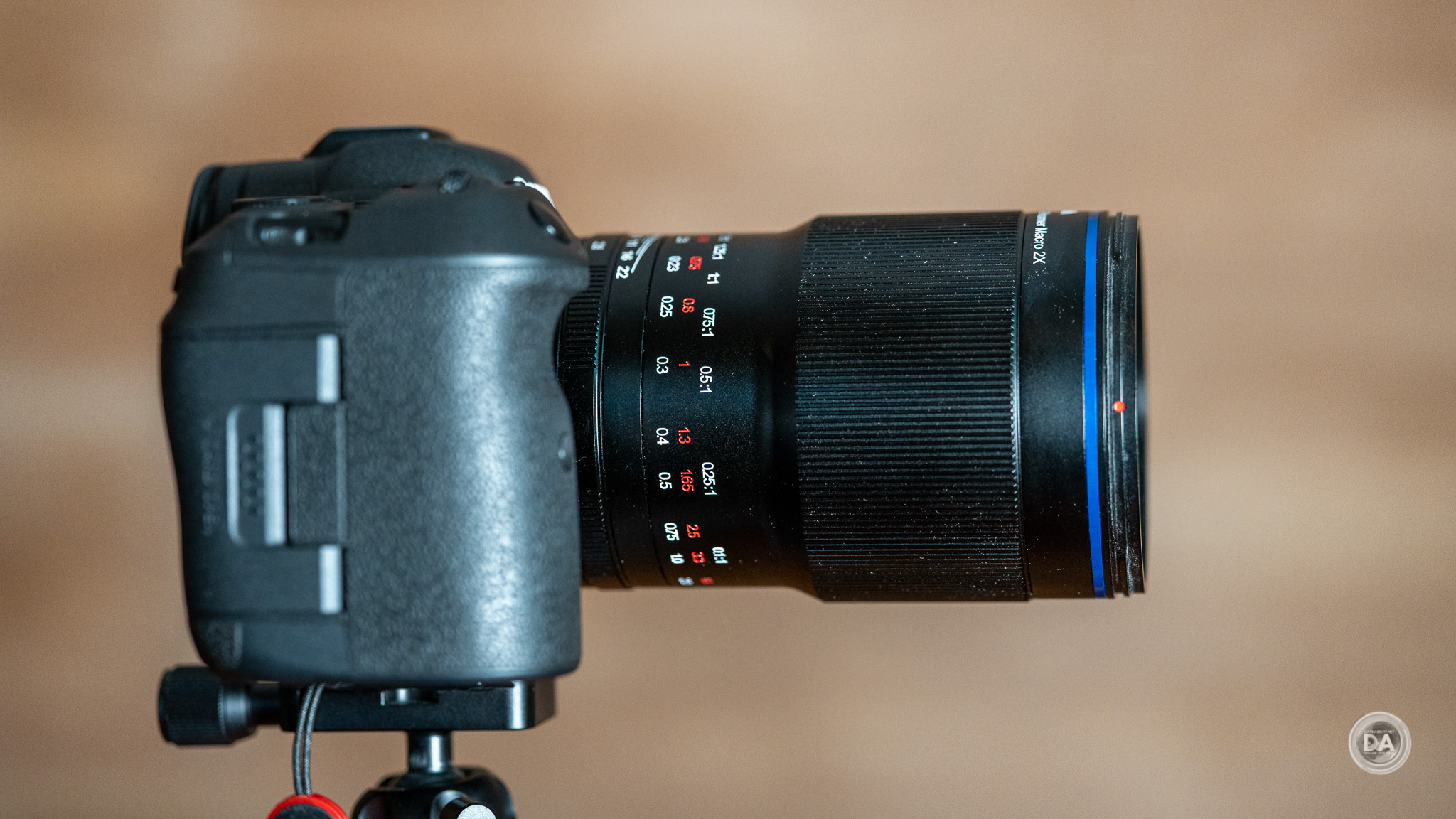
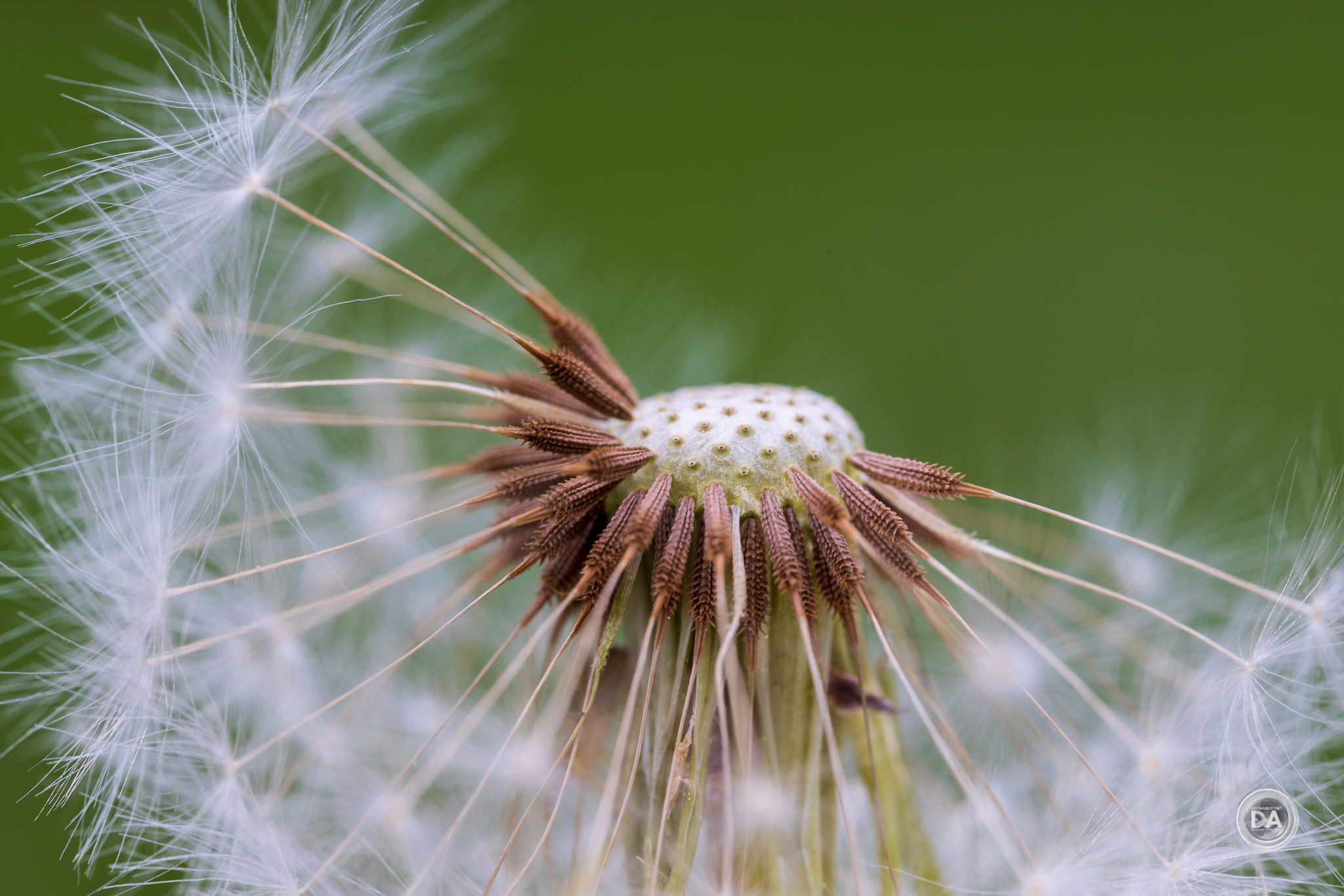

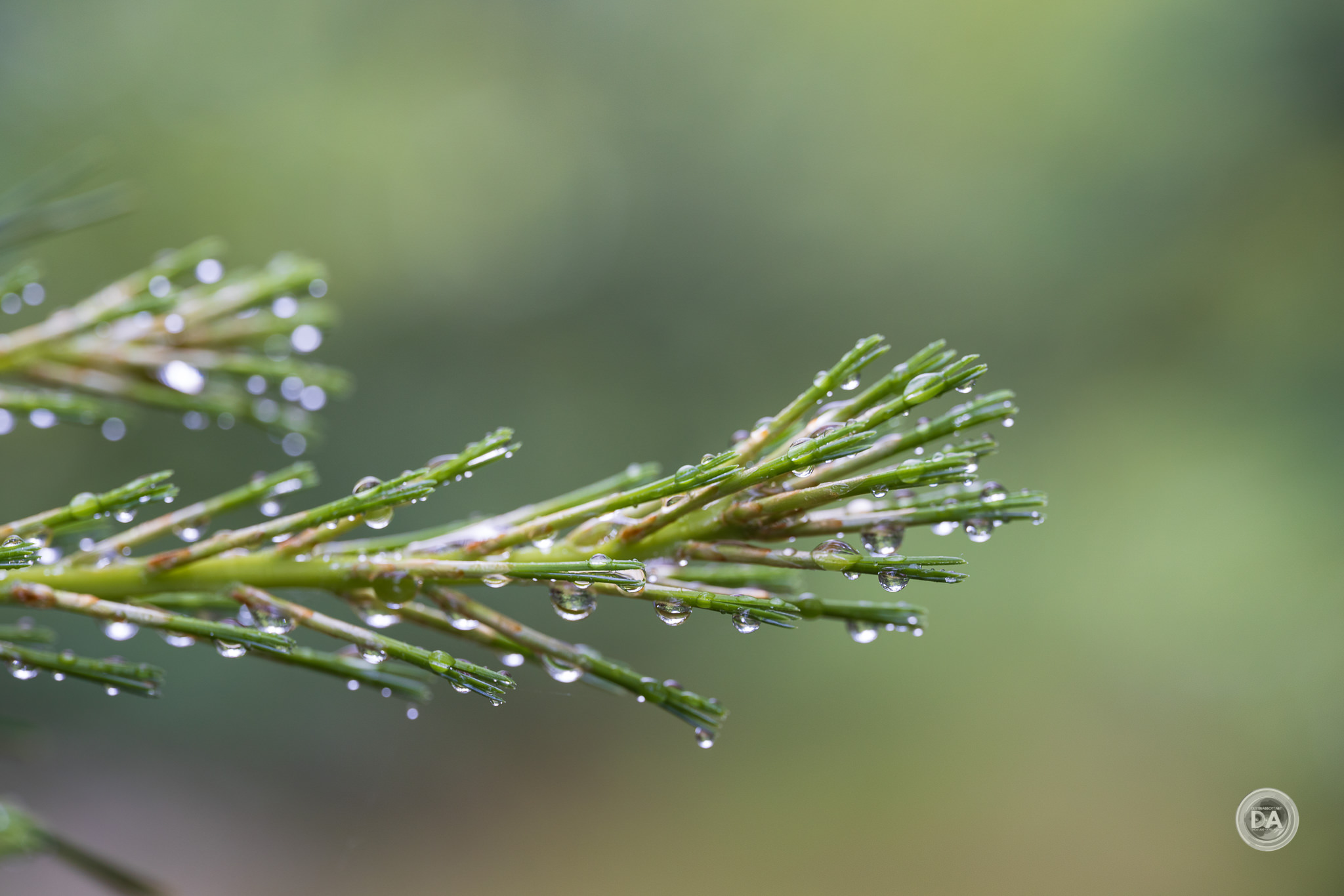
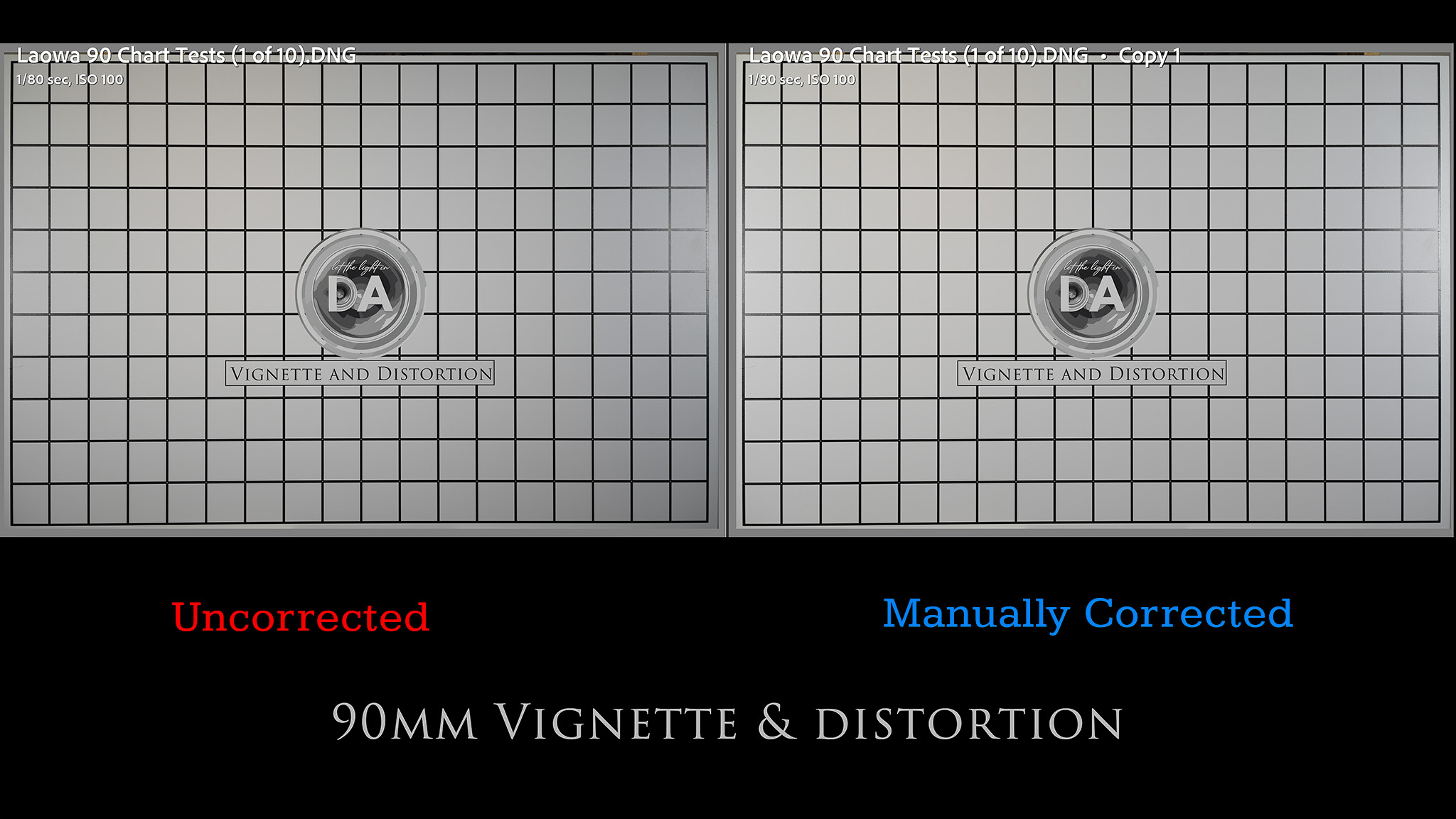
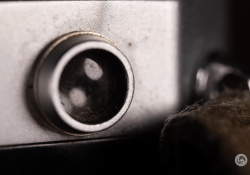

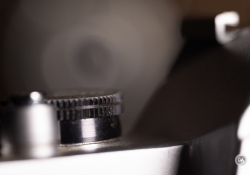

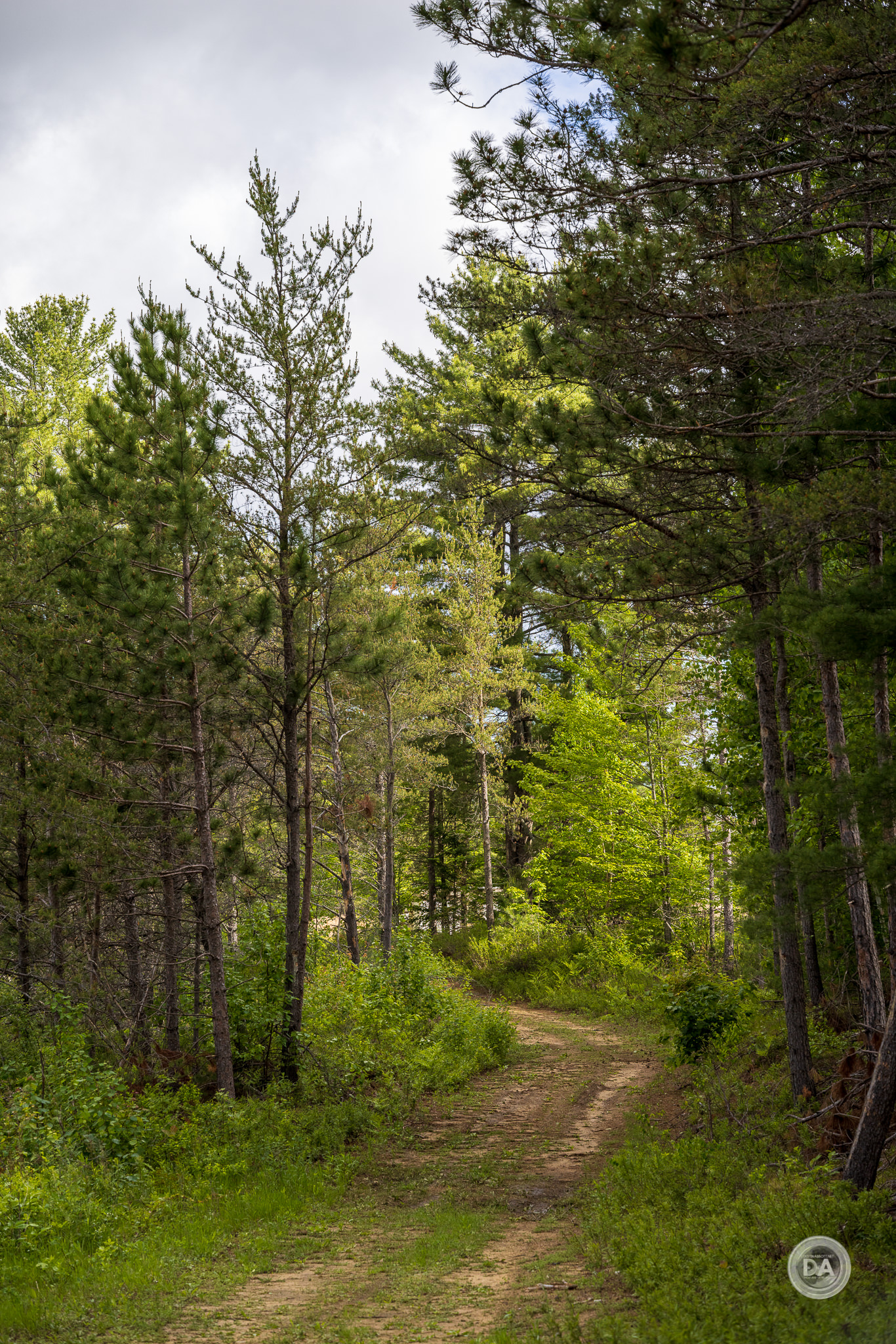
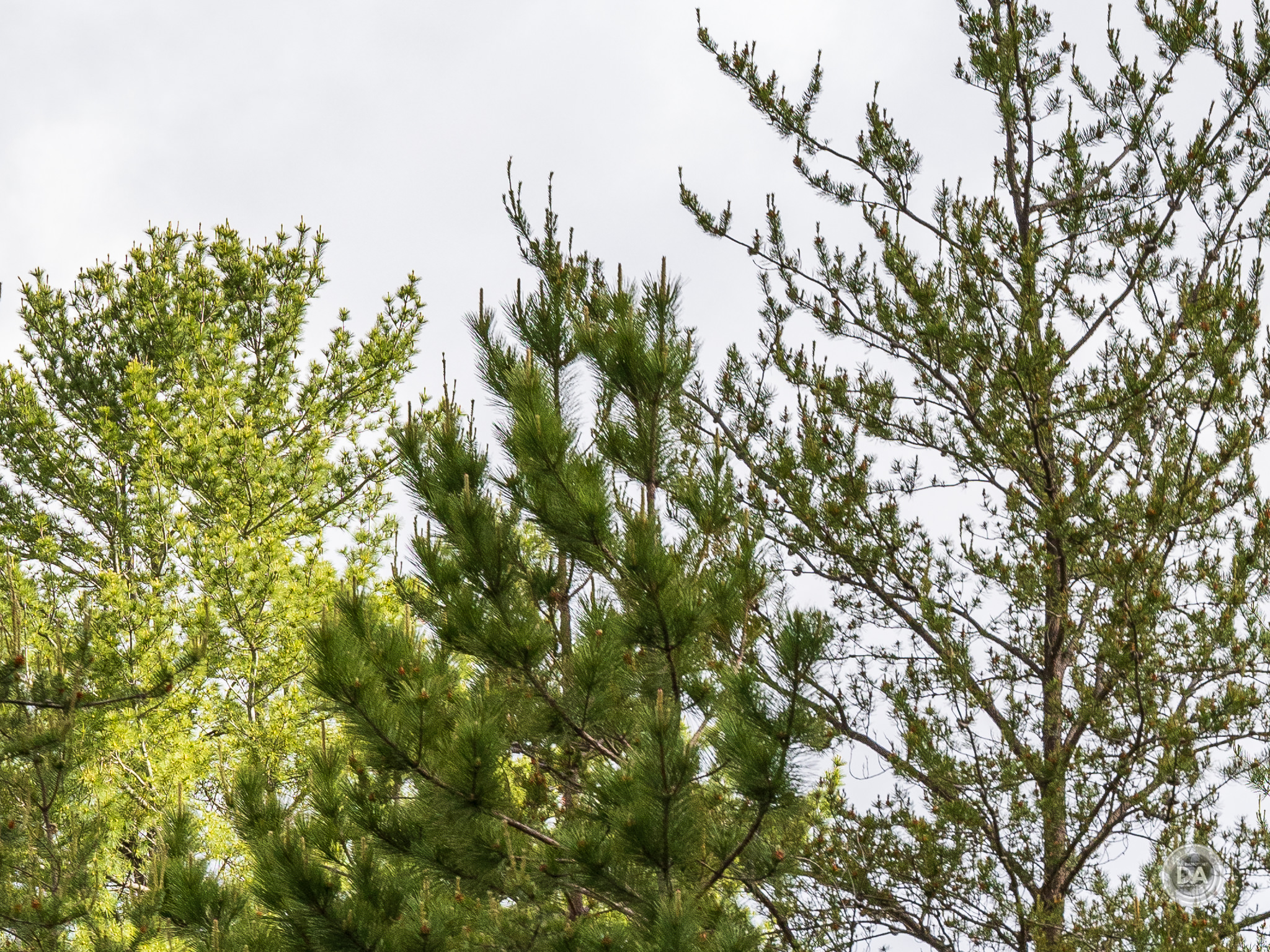
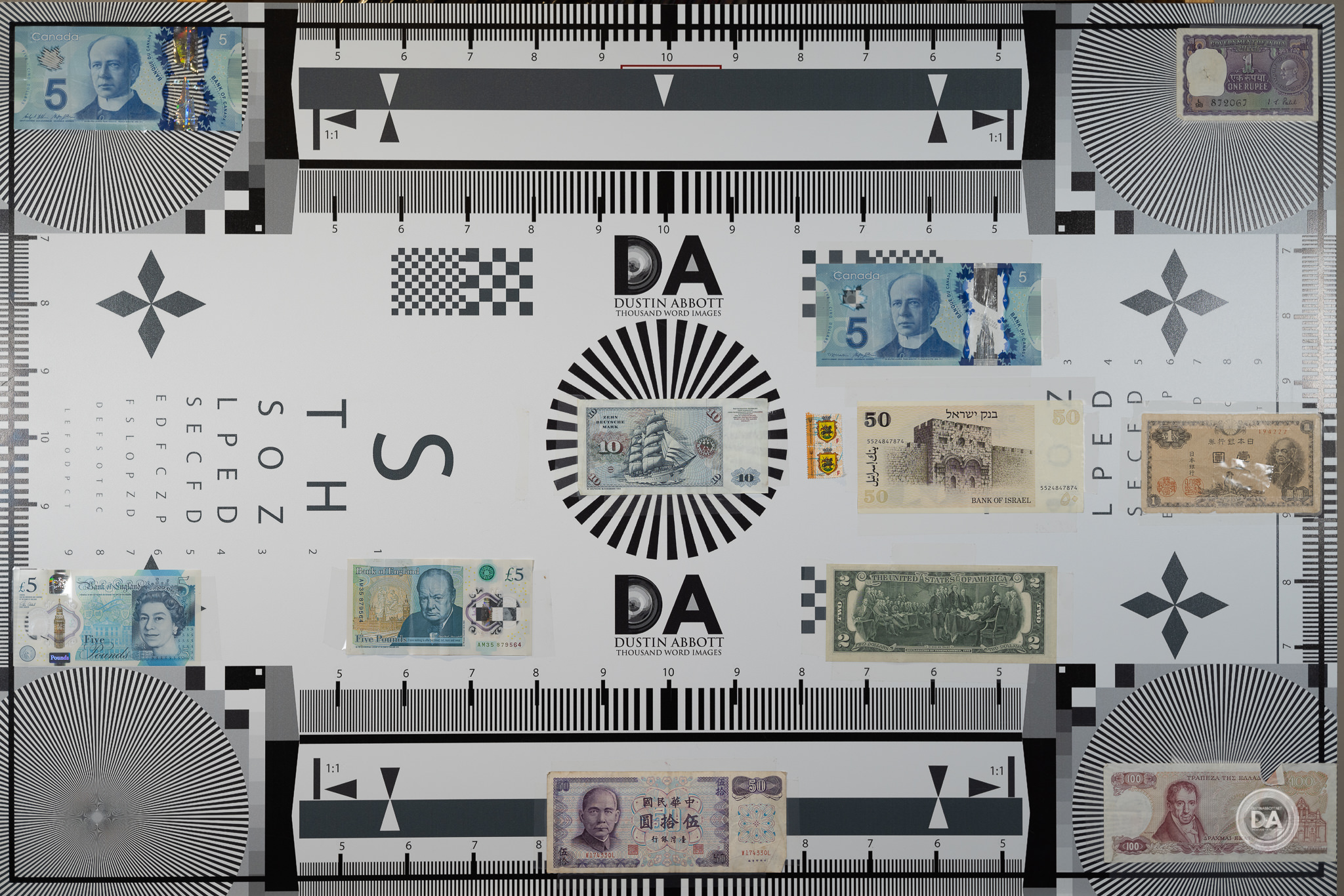





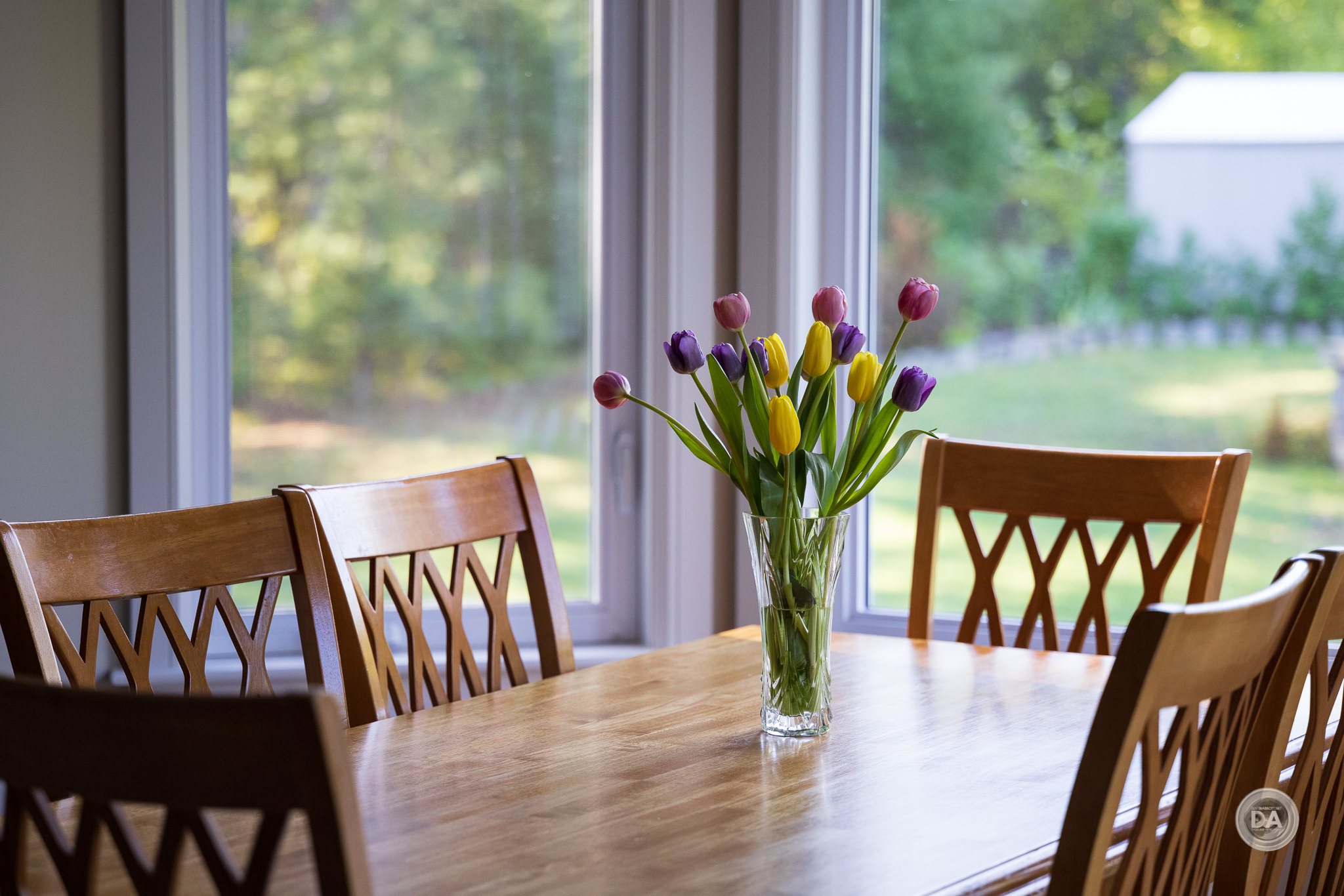
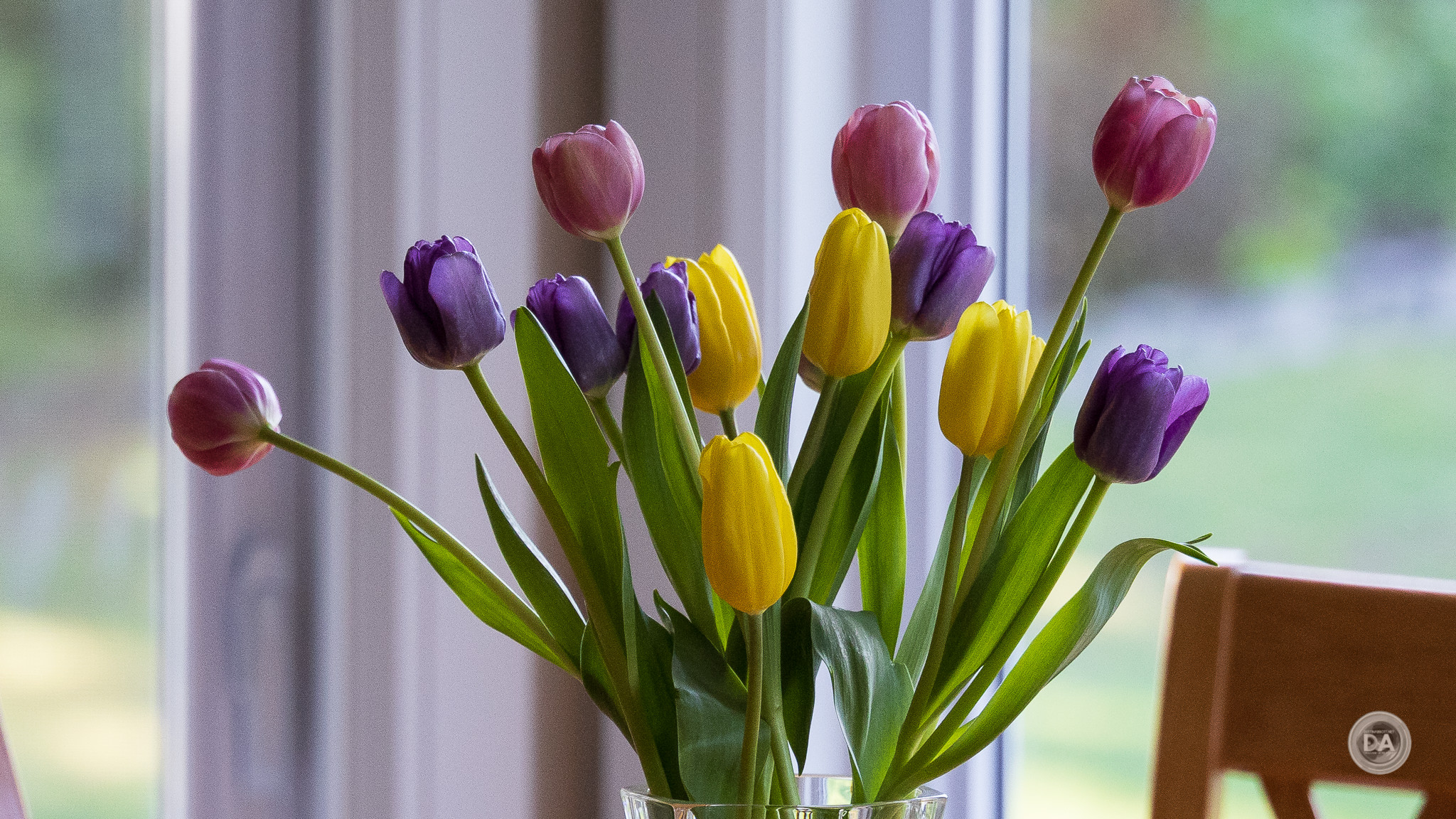
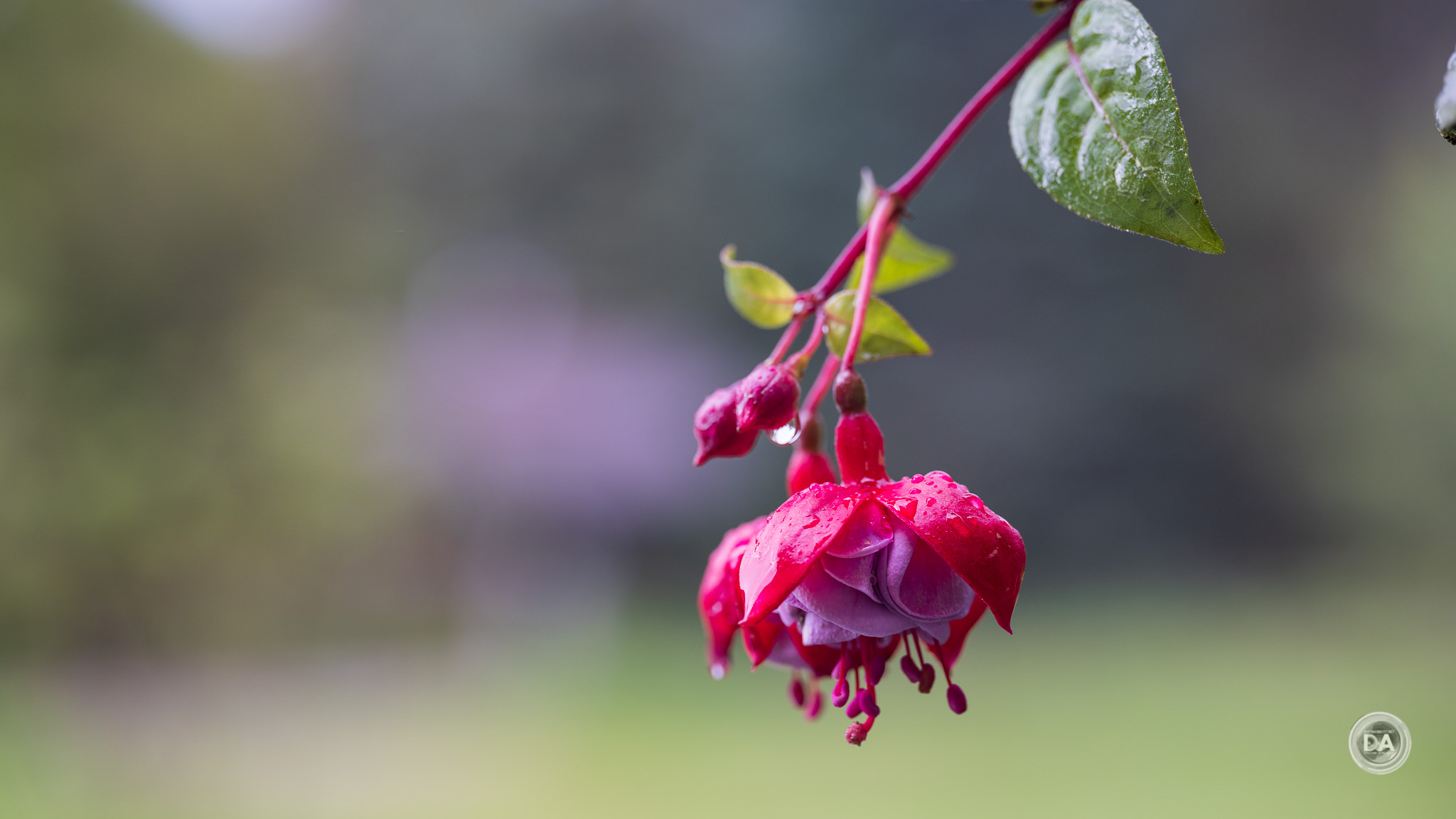

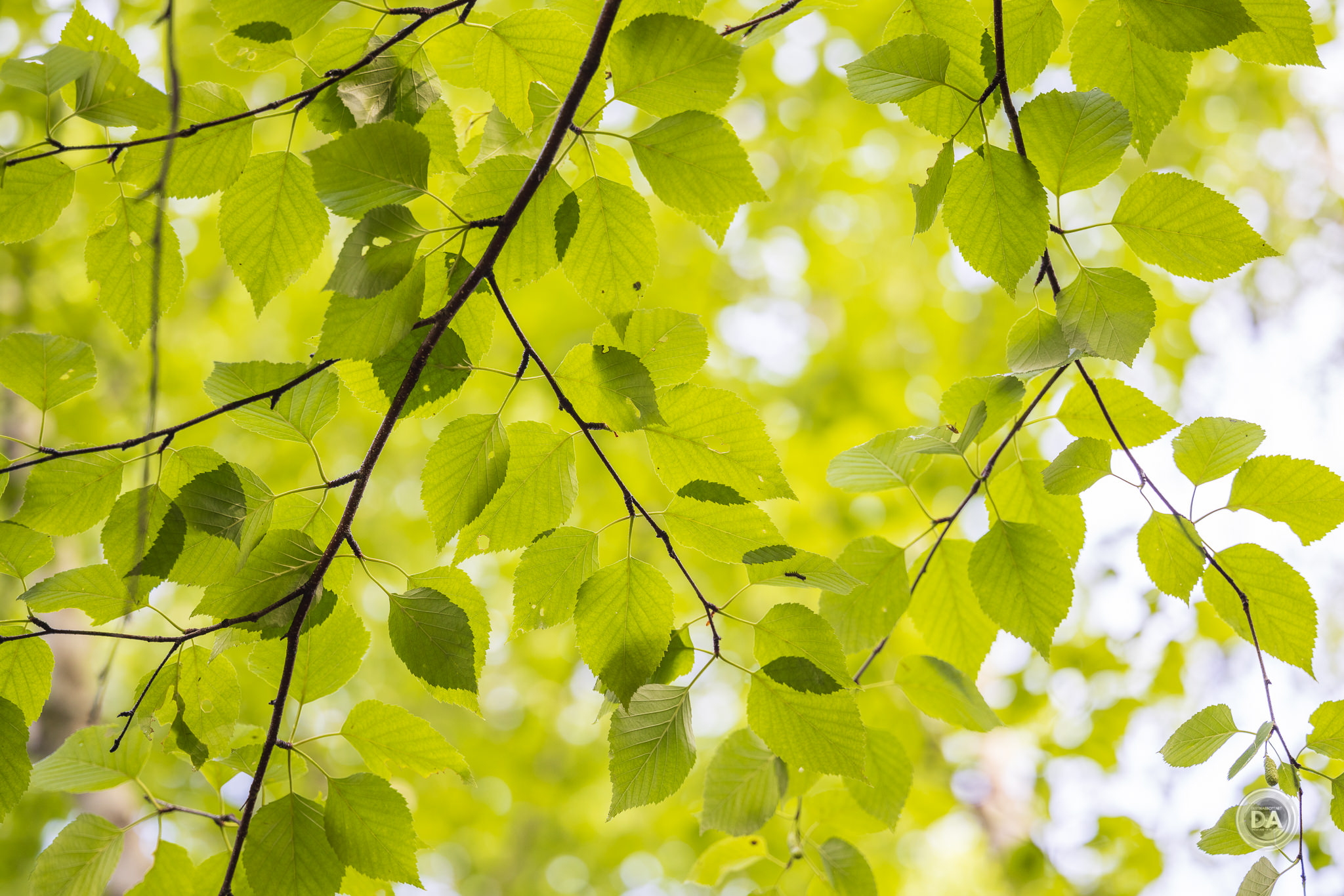
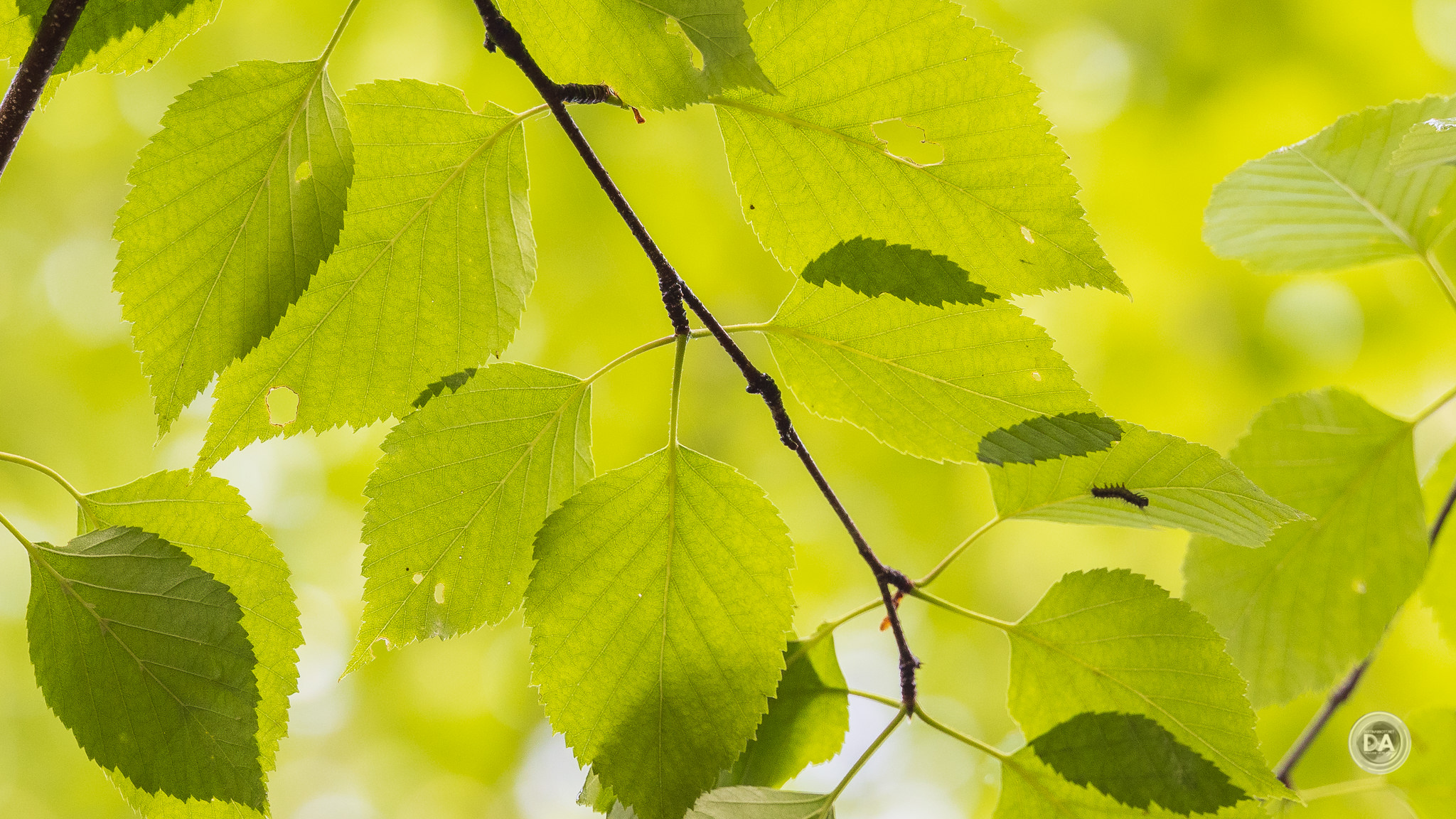
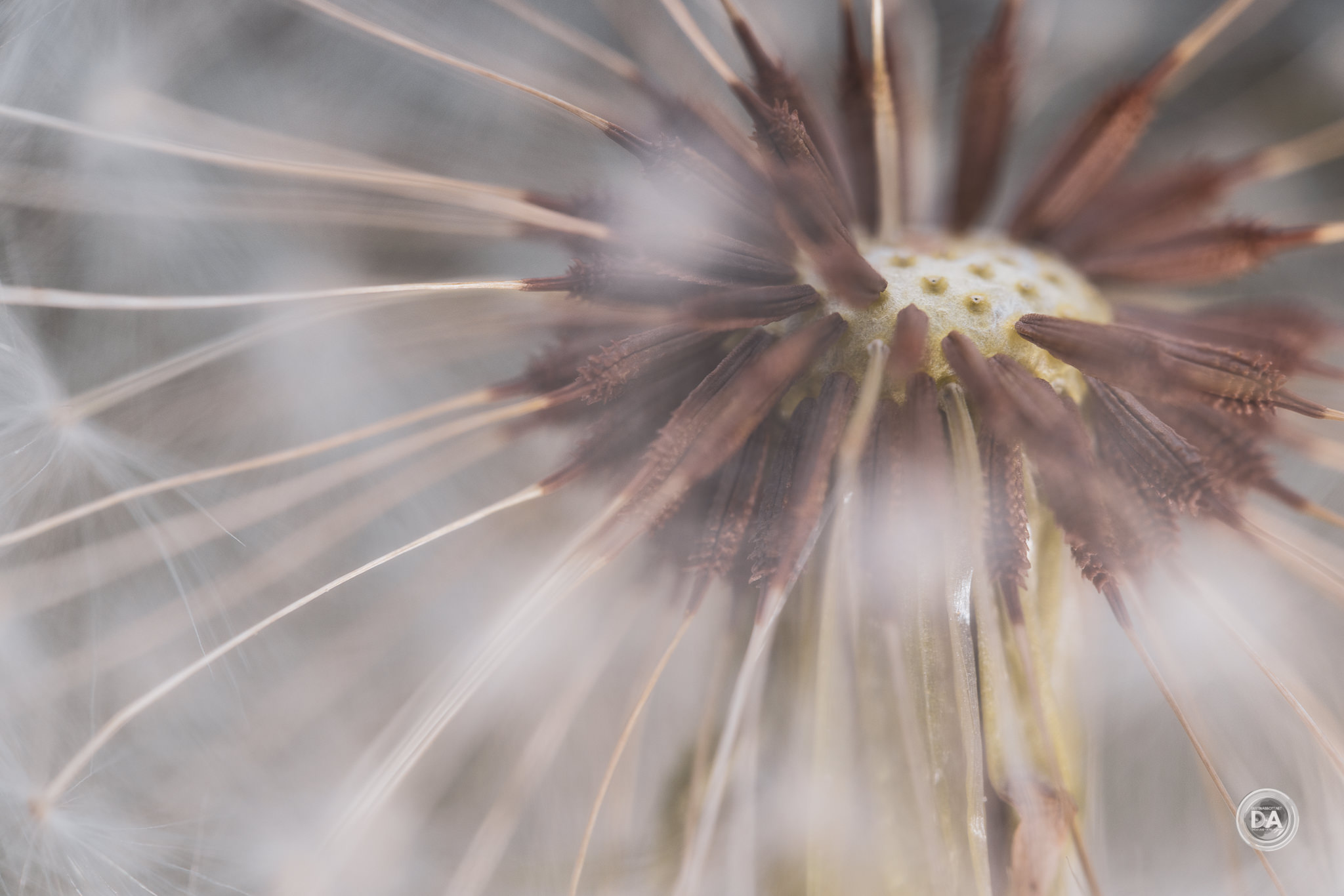
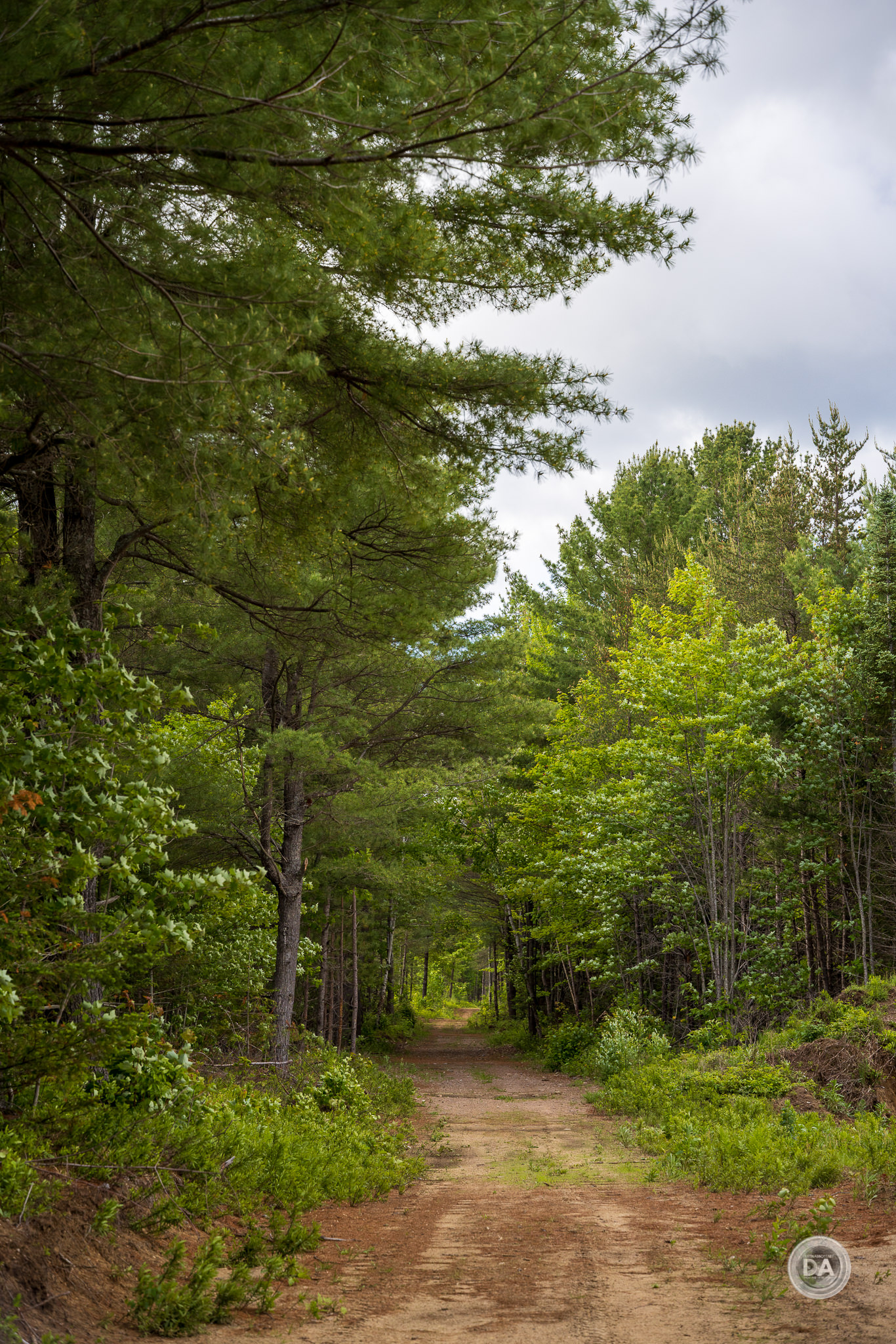

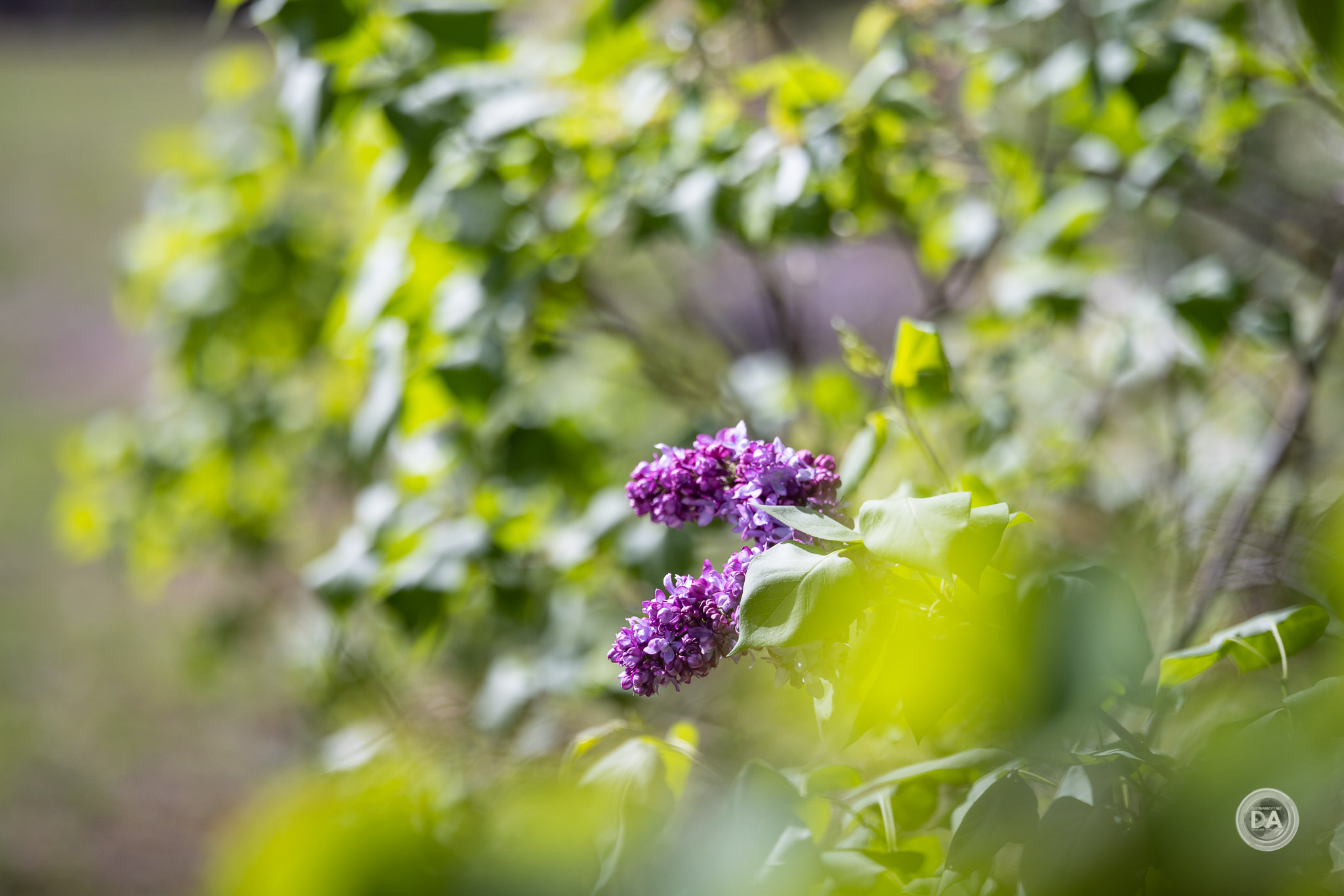
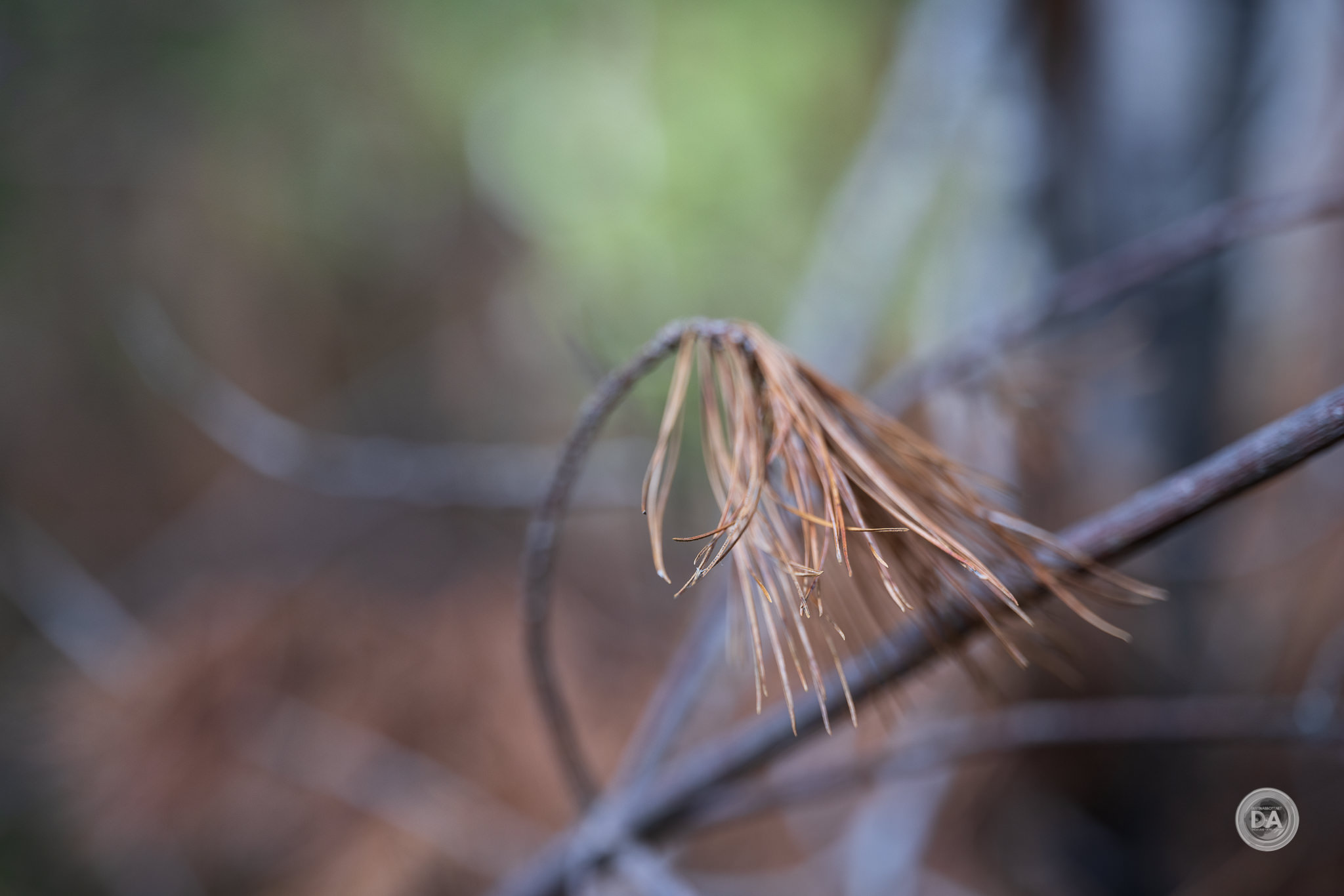

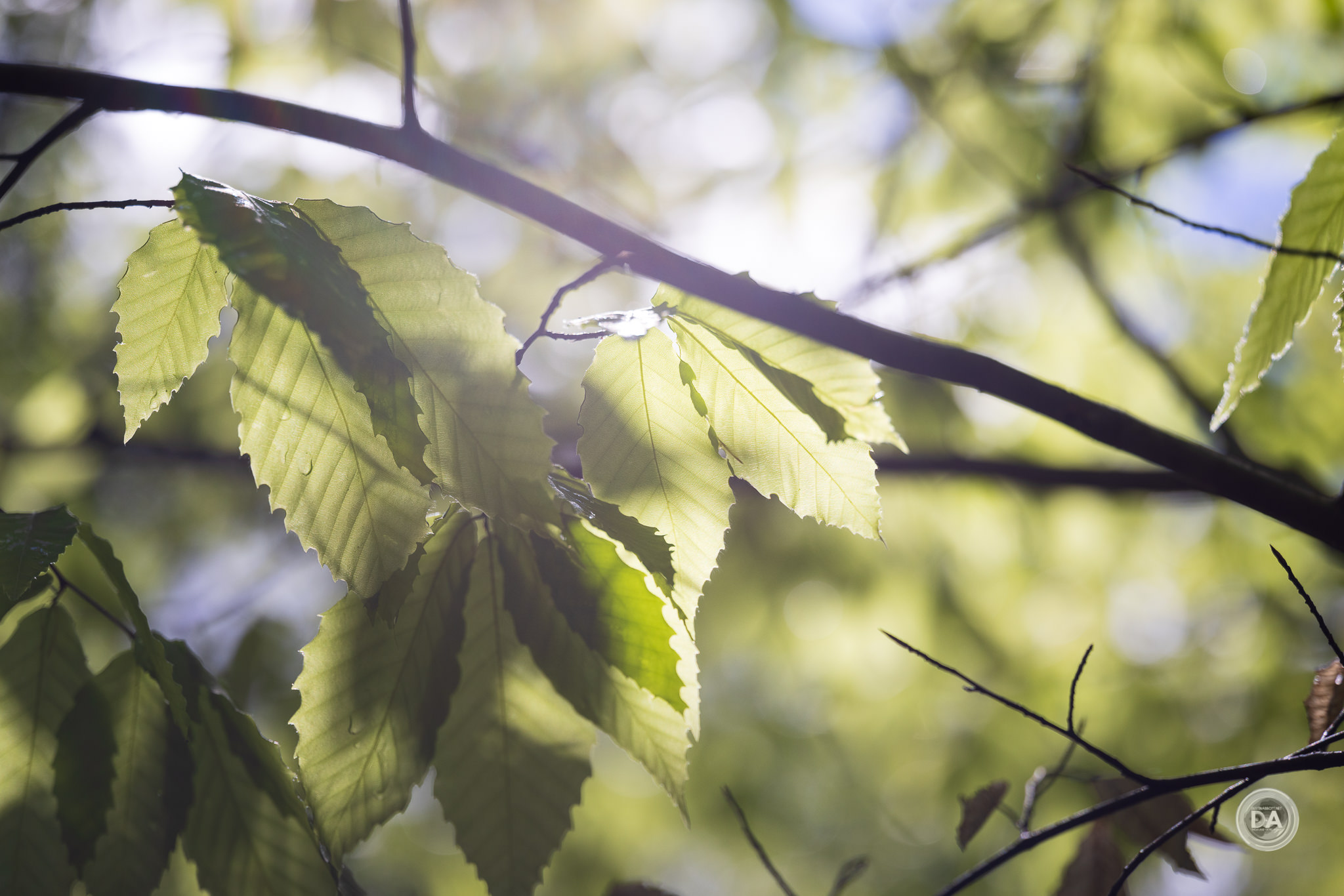
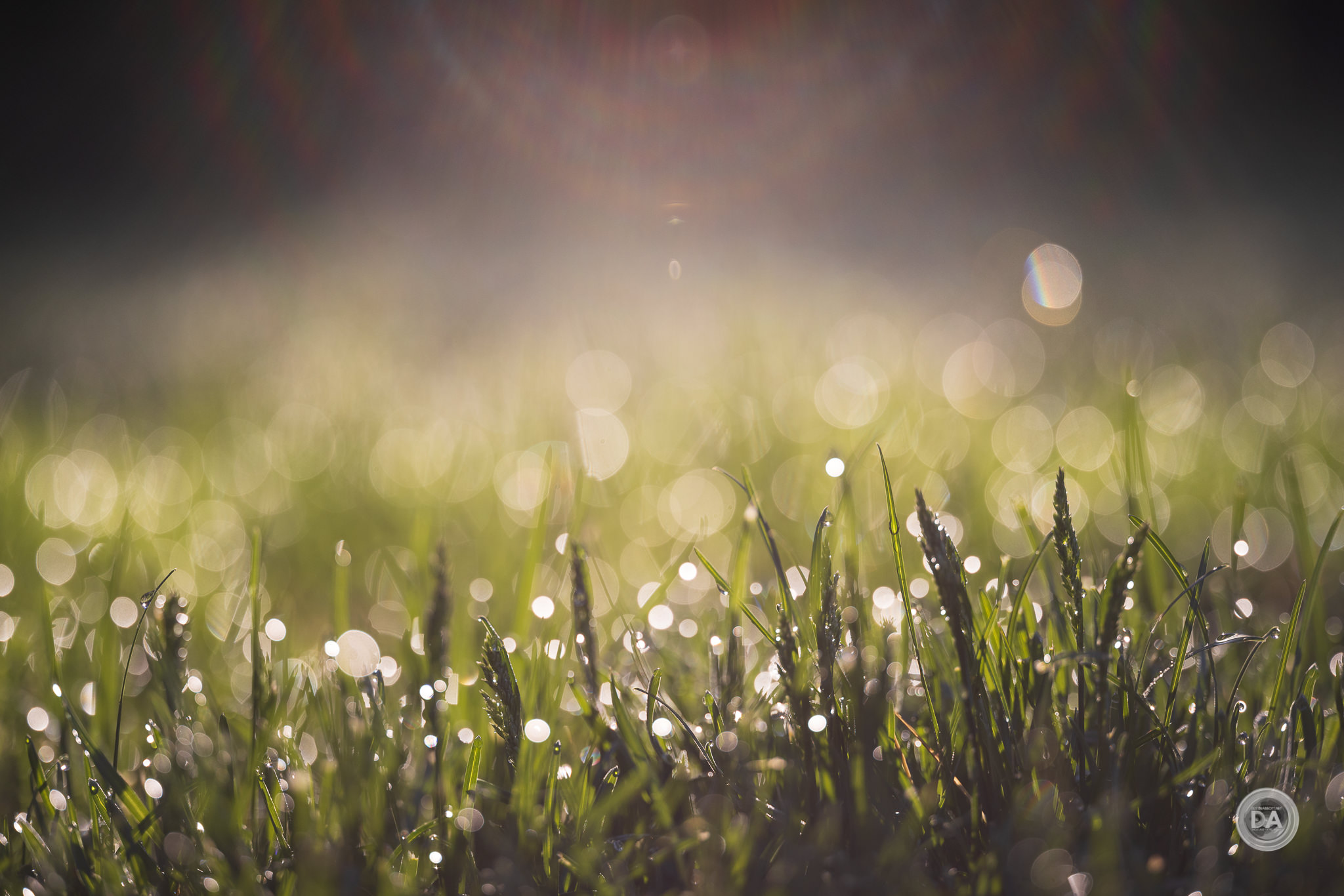

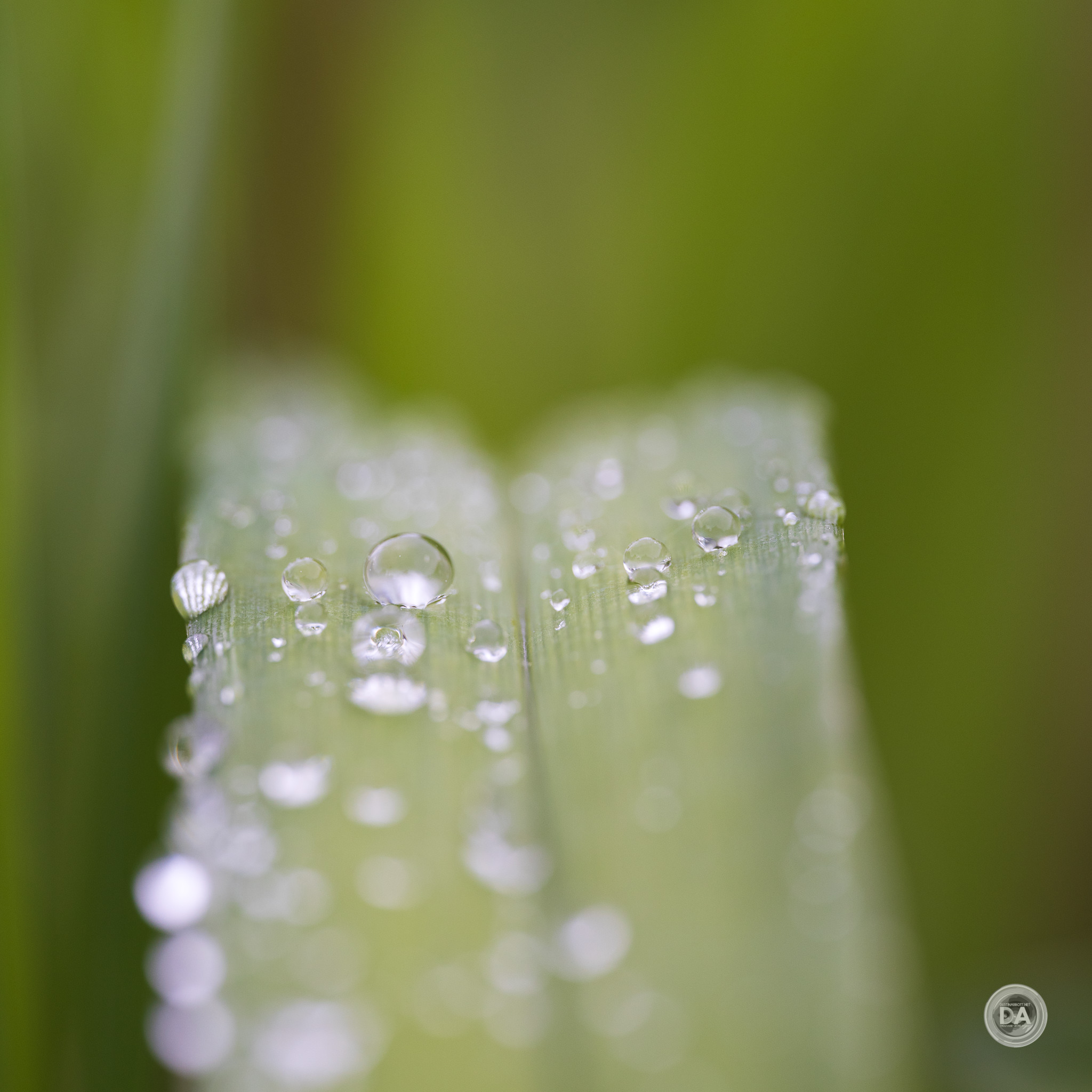
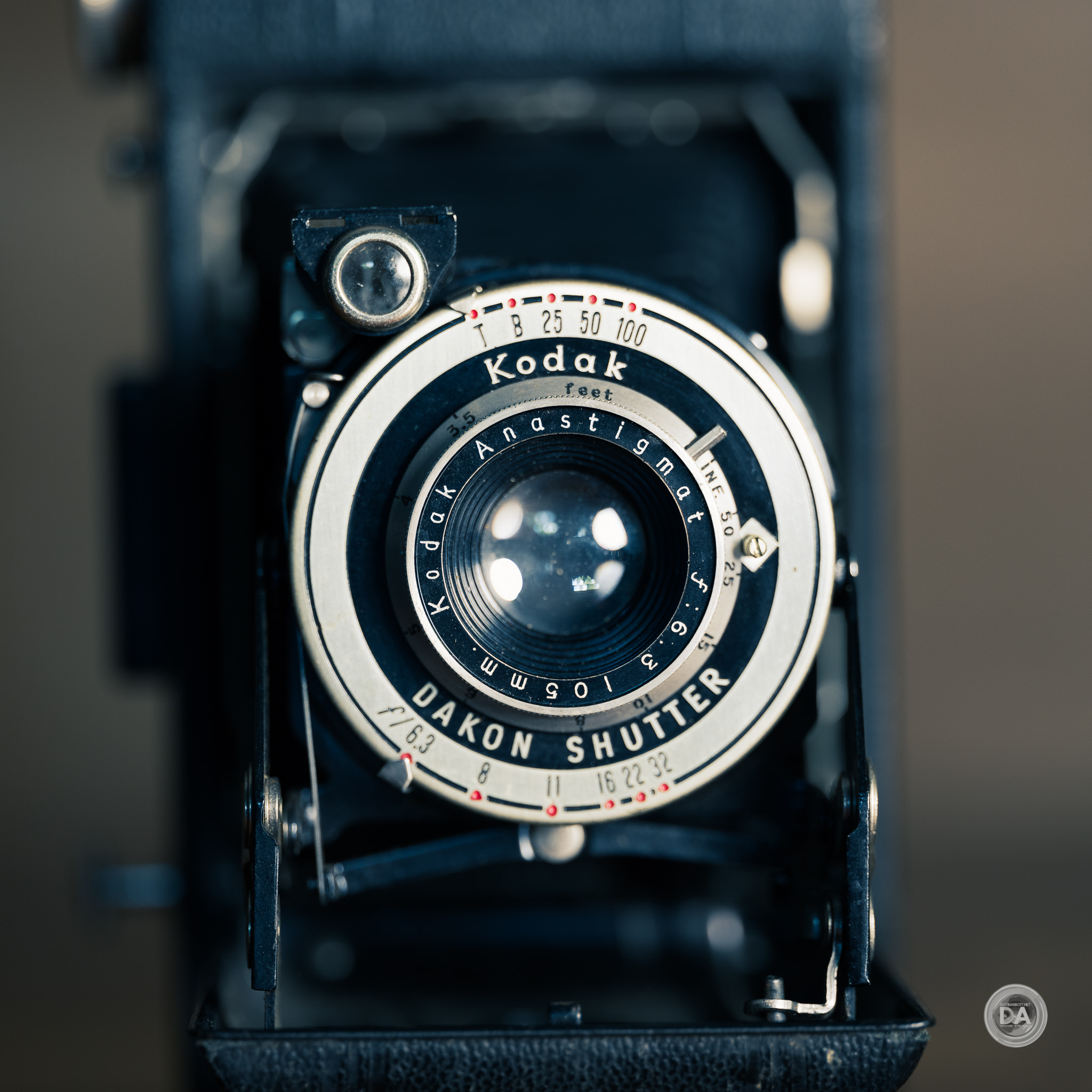
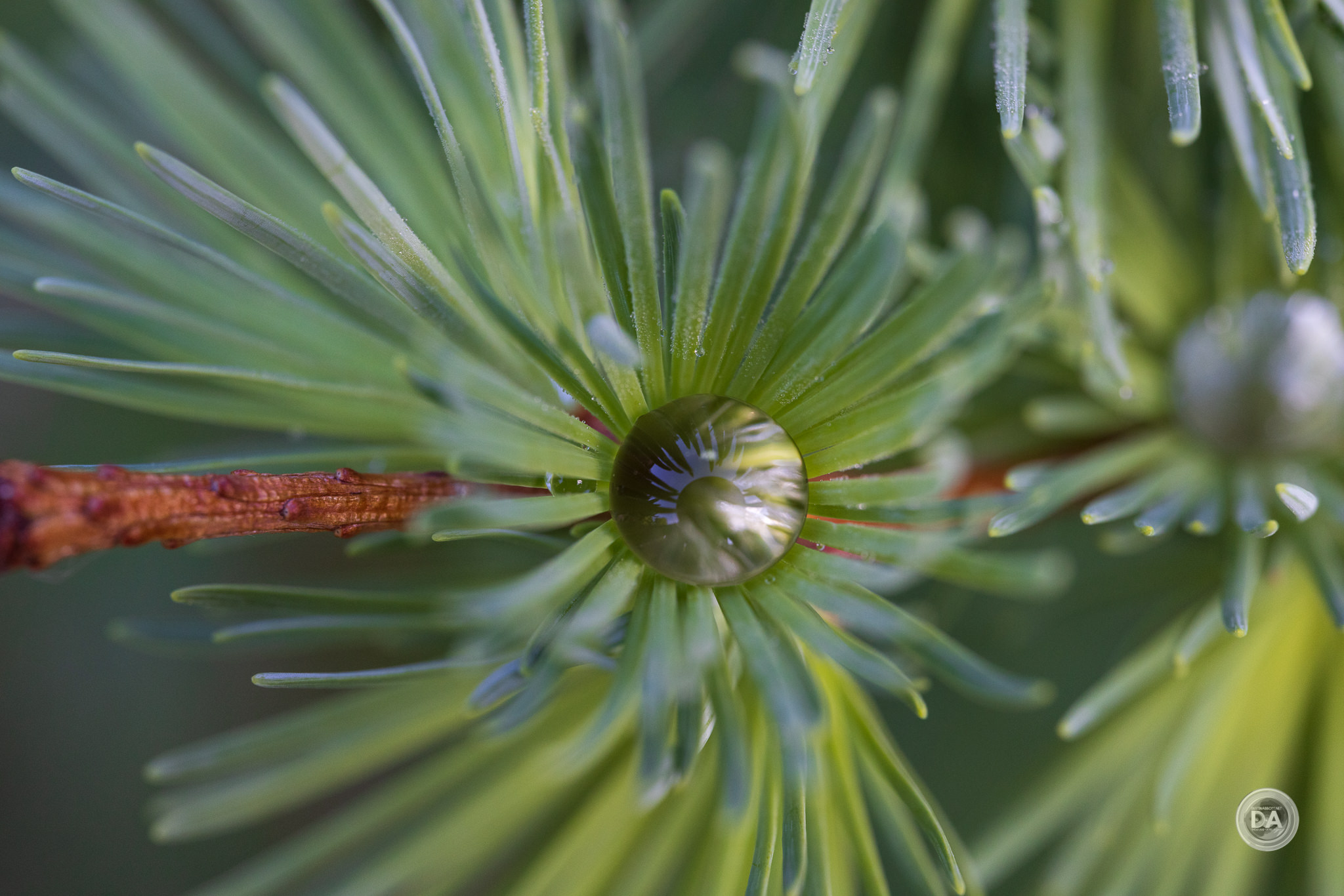


 Sirui Sniper 75mm F1.2 Review
Sirui Sniper 75mm F1.2 Review  Sirui Sniper 75mm F1.2 Gallery
Sirui Sniper 75mm F1.2 Gallery  Tamron 70-300mm F4.5-6.3 RXD Z-mount Review
Tamron 70-300mm F4.5-6.3 RXD Z-mount Review  Nikkor Z 40mm F2 Review
Nikkor Z 40mm F2 Review 





